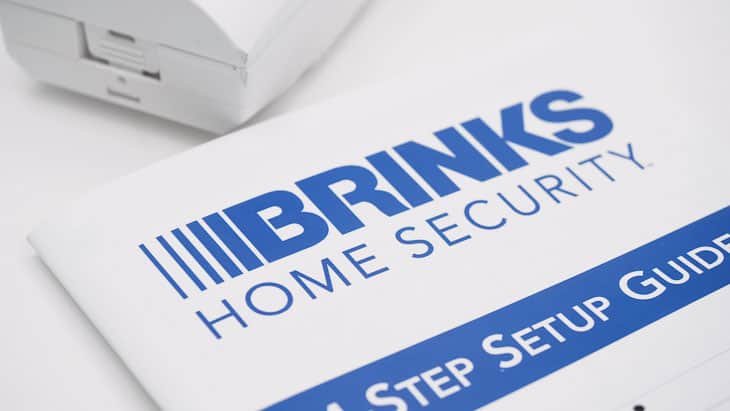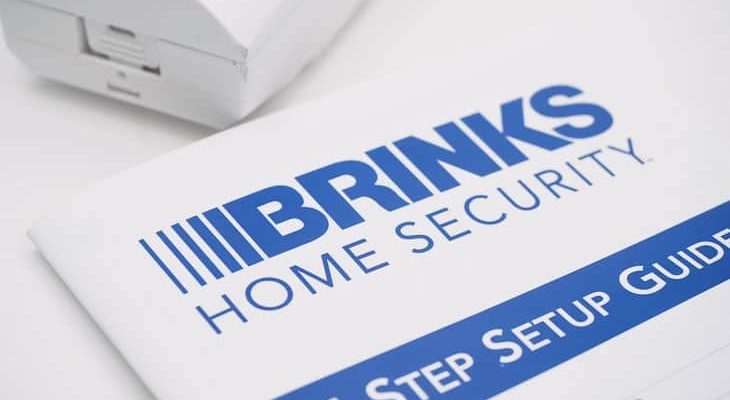
These are the kinds of questions that trip up new owners all the time. Honestly, most of us can’t remember the last time we registered any device’s warranty—until something stops working, and we’re suddenly scrambling through old emails and boxes. So let’s slow down and walk through everything you need to know about Brinks Security Systems warranties, especially around that all-important registration. Whether you’re a first-time buyer or just trying to avoid future headaches, here’s what really matters.
How Brinks Security Systems Warranties Work
The first thing to understand is what a warranty for a Brinks security system actually covers. Think of the warranty as your safety net—it’s there to step in if something goes wrong with your equipment that isn’t your fault. Brinks generally offers a limited warranty on their devices, which means they’ll repair or replace certain parts if they fail due to manufacturing defects. This can include sensors, keypads, control panels, and sometimes those remote controls and cameras.
But here’s the thing: not every issue is covered. If you drop your remote in the bathtub or try to “DIY” a battery swap and short out the board, you’re probably going to be on your own. The warranty really aims to protect you from things you couldn’t have seen coming—not from accidents or user error.
Most Brinks warranties are active for a set period—often one year but sometimes longer if you have a premium plan or made a specific request. It’s smart to check your paperwork or user account, since the exact details can vary depending on the specific product bundle you chose.
Is Warranty Registration Actually Required?
You might be wondering, “Will Brinks deny my claim if I never filled out a warranty registration card?” Here’s the straight answer: For most Brinks security systems, warranty coverage starts automatically when you purchase and activate the equipment. That means registration is not strictly required to make a claim. In other words, if you kept your receipt and can prove you purchased the product, you’re covered.
However, registering your system does make the process a lot smoother. When you register, Brinks has your details on file, including your contact info, product model, and the date you started service. So, if your panel goes haywire or a sensor won’t sync, Brinks can verify your coverage quickly—without you digging up old paperwork or wracking your brain for serial numbers.
Honestly, skipping registration isn’t a deal-breaker, but it’s a bit like refusing to write your name on your lunch at the office. You might still get to eat, but you’re taking a risk it won’t go as smoothly.
Why Registering Your Brinks Warranty Still Matters
Let me explain why registration, while not technically required, is still worth your time. Registering your Brinks warranty can help in several ways:
- Faster claims process: If your system has an issue and you need to make a warranty claim, Brinks can look you up instantly. No lost time hunting for order numbers, activation dates, or digging through expired emails.
- Proof of ownership: Registered products have a clear record connecting you to the device. If there’s ever a dispute (say, you bought your equipment secondhand), registration helps Brinks confirm you’re the rightful owner.
- Important updates and recalls: If Brinks discovers a bug, a security vulnerability, or issues a recall on a part (like a faulty battery or remote), registered users are usually the first to know.
So while skipping registration won’t void your warranty, it might make solving problems a bit more of a headache than it needs to be. In the worst case, you might end up waiting longer for help or having to provide way more documentation to prove your claim is legit.
How To Register Your Brinks Security System Warranty
If you decide to register—and honestly, you’ll save yourself trouble down the line—here’s how it usually goes. Registering a Brinks system isn’t like solving a secret code or needing to pair a remote just right; it’s usually just a matter of filling in your info.
- Online: You’ll likely find a link or prompt on the Brinks website or in your customer portal after you activate your security account. Log in, look for “Warranty Registration,” and have your product serial numbers and purchase details handy.
- By phone: If you’re more old-school, call Brinks’ customer support. A rep can walk you through registration or even do it for you over the phone if you provide the right details.
- By mail: Sometimes you’ll get a registration card in your product box. Mail it back (if you still have a stamp lying around).
Don’t stress if you’re past the original 30-day window—registration can usually be done at any time, though sooner is always better. And if your system includes extras like backup batteries or third-party remotes, you might need to register those separately, depending on how you bought your bundle.
What You’ll Need When Making a Warranty Claim
Alright, let’s say you run into a problem—maybe your control panel won’t reset, your remote won’t sync, or a sensor keeps draining its battery too fast. Whether registered or not, here are the basics Brinks will usually ask for:
- Proof of purchase: Your original receipt or invoice is the gold standard. If you bought your system directly from Brinks, they can usually look it up by your account info.
- Product details: Serial numbers, model numbers, and the nature of the problem (e.g., “My remote won’t pair after multiple tries”).
- Account info: Your name, address, and when you started service.
- Details of troubleshooting: Did you try replacing the battery? Did you reset the device? Have you done basic troubleshooting first?
If you registered your warranty, most of this info is already on file, so the claim process is much faster and more straightforward. If not, you’ll just need to have these details ready when you call or submit your claim online.
What If You Bought Brinks Equipment Secondhand?
Here’s a curveball: what if your Brinks security system came from someone else—maybe a previous homeowner or a great deal you found online? This is where things can get a little tricky.
For most manufacturers, including Brinks, warranties are usually only valid for the original purchaser. That means if you picked up a used keypad or camera, you might not have warranty protection, even if you try to register. Sometimes, if you can provide proof that the product is still under warranty and you’ve activated service with Brinks, they may make exceptions—but don’t count on it.
The best way to avoid surprises is to always check warranty status before you buy secondhand, and if you’re moving into a home with an existing Brinks system, call their customer service to see if your setup is covered or needs fresh registration.
Common Problems and How Warranty Claims Help
Let’s get real—things break, batteries die, and sometimes a remote just stops working no matter how many times you try to pair or reset it. Here are a few scenarios where a warranty can save you from extra costs:
- Malfunctioning sensors: If a window or door sensor won’t trigger or sends false alarms even after troubleshooting, a warranty claim can get you a free replacement.
- Control panel fails: If your control panel freezes or won’t accept codes, that’s usually a clear warranty case—assuming it’s not water damage or DIY gone wrong.
- Battery issues: If you’re going through batteries way too quickly or the built-in battery won’t hold a charge, it might be a factory defect and eligible for replacement.
- Remote won’t pair: If a new remote won’t sync with your system and the usual reset steps don’t help, warranty support can save you from buying a new one out of pocket.
Of course, ordinary wear and tear, user damage, or expired warranties aren’t covered. But for actual equipment faults, claiming under warranty—especially if you’re registered—feels a bit like hitting the easy button.
Alternatives: Are There Universal or Third-Party Warranty Options?
You might be wondering if you can sidestep all this and use a universal remote, or buy third-party protection for your Brinks system. While universal remotes work great for TVs, home security is a different beast. Most Brinks systems require branded remotes, keypads, and sensors; universal options usually won’t play nice, due to special pairing codes and encrypted communication.
As for warranties, there are third-party companies that offer “extended protection” plans. These often cover more than the Brinks limited warranty—think accidental damage, power surges, or even some add-on devices. But here’s the honest truth: Always double-check the fine print. If a third-party provider won’t honor claims for certain code resets or won’t cover batteries and remotes, you’re sometimes no better off than with the original warranty.
Wrapping Up: The Bottom Line on Brinks Warranty Registration
At the end of the day, you don’t need to register your Brinks Security System warranty to make a claim—but it definitely helps. Registration isn’t a magic key, but it makes your life a lot easier when and if something breaks. Whether you need to reset a stubborn keypad, sync a replacement remote, or swap out a dead battery, having your warranty info on file can cut down on headaches and get you back to feeling protected that much sooner.
So if your paperwork’s sitting in a drawer somewhere, or you skipped registration out of sheer “I’ll do it later” energy—don’t panic. But if you’ve got five minutes and want to avoid hassles down the line, grab that serial number and get registered. Your future self (and your peace of mind) will thank you.
